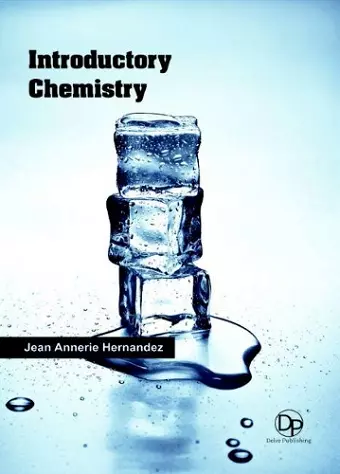Introductory Chemistry
Format:Hardback
Publisher:Delve Publishing
Published:30th Nov '16
Should be back in stock very soon

Everything you hear, see, smell, taste, and touch involves chemistry and chemicals (matter). And hearing, seeing, tasting, and touching all involve intricate series of chemical reactions and interactions in your body. With such an enormous range of topics, it is essential to know about chemistry at some level to understand the world around us. Commonly, chemistry is a science that deals with how materials form, their composition, various attributes, how they transform, and the energy they consume or release through these transformations. Chemistry relates to each and everything you can sense, from right down to the elemental level to massive complex structures. It deals with how things are constructed and formulated to how they break apart and the energy that is either absorbed or released in each of these processes. The study of the science of chemistry shows us, for example, how the table salt we eat every day is actually constructed of crystals formed out of sodium and chlorine, and why the Statue of Liberty, constructed out of metallic copper is now green. Chemistry is such a broad subject and one so full of detail that it is easy for a newcomer to find it somewhat overwhelming, if not intimidating. Chemists sometimes refer to matter as `stuff’, and indeed so it is. Matter is anything that has mass and occupies space. Which is to say, anything you can touch or hold. Common usage might have us believe that `chemicals’ are just those substances in laboratories or something that is not a natural substance. Far from it, chemists believe that everything is made of chemicals. Although there are countless types of matter all around us, this complexity is composed of various combinations of some 100 chemical elements. The names of some of these elements will be familiar to almost everyone. Elements such as hydrogen, chlorine, silver, and copper are part of our everyday knowledge. Far fewer people have heard of selenium or rubidium or hassium. Nevertheless, all matter is composed of various combinations of these basic elements. The wonder of chemistry is that when these basic particles are combined, they make something new and unique. And so it is with chemistry, understanding the basic properties of matter and learning how to predict and explain how...
ISBN: 9781680957242
Dimensions: unknown
Weight: unknown
262 pages